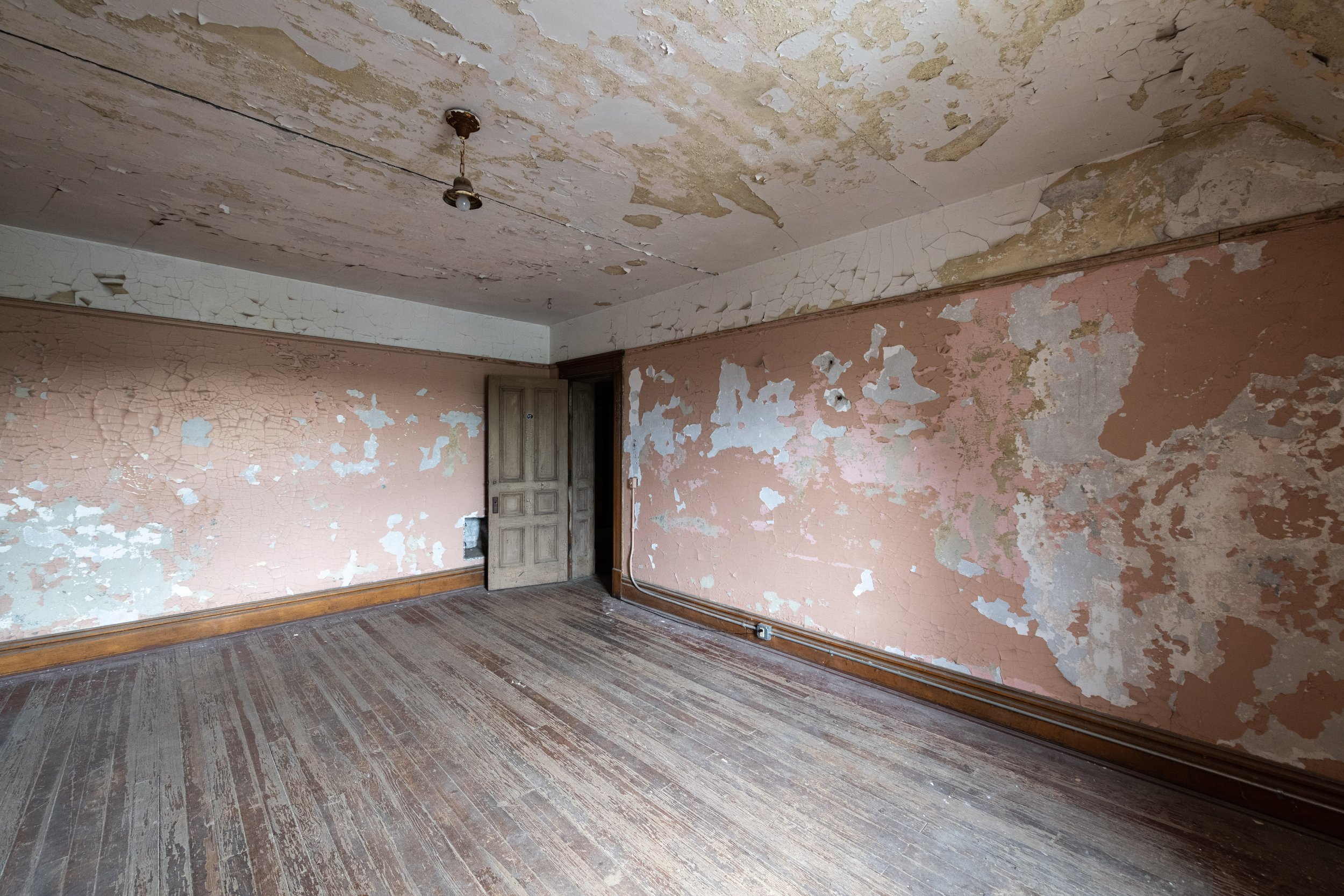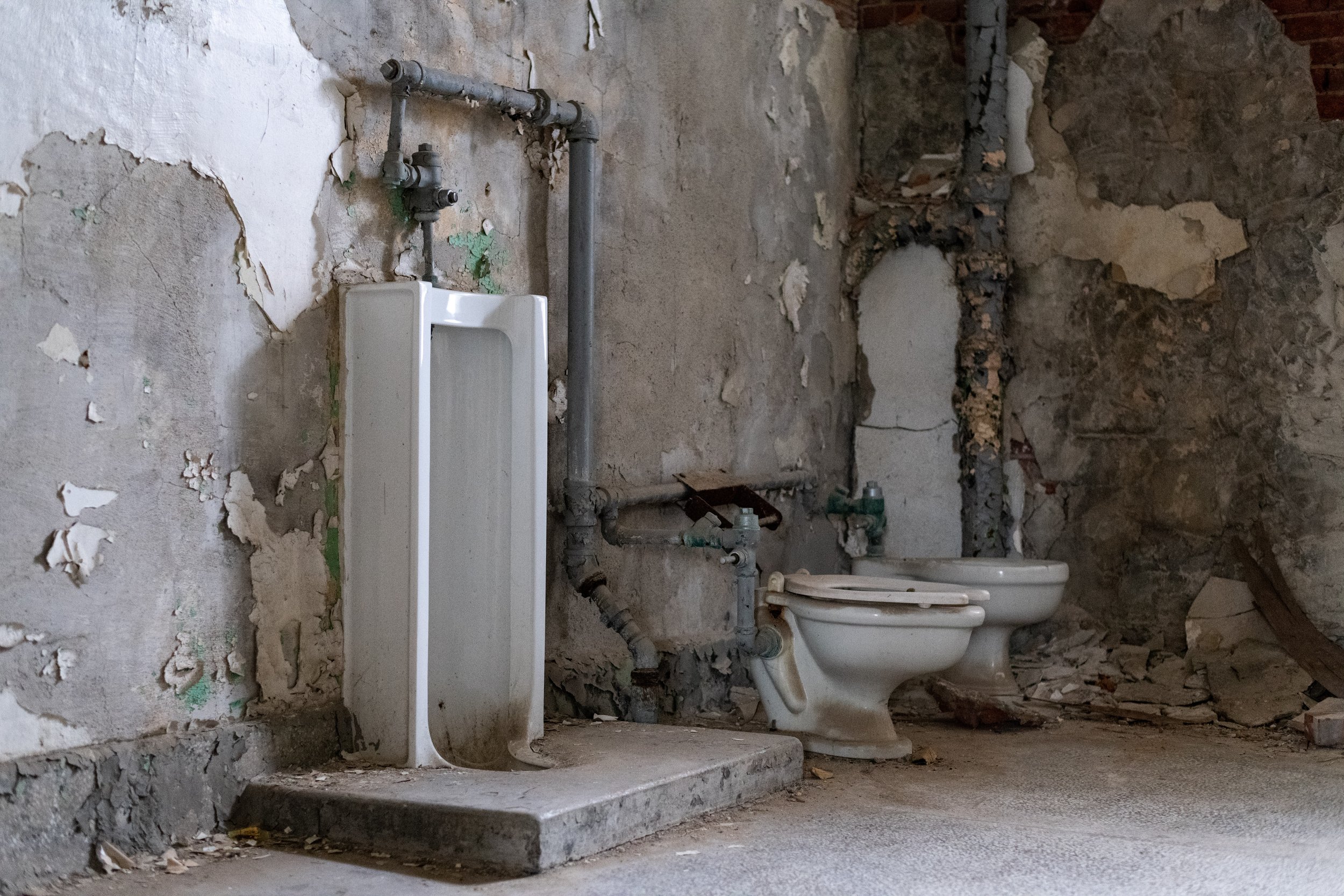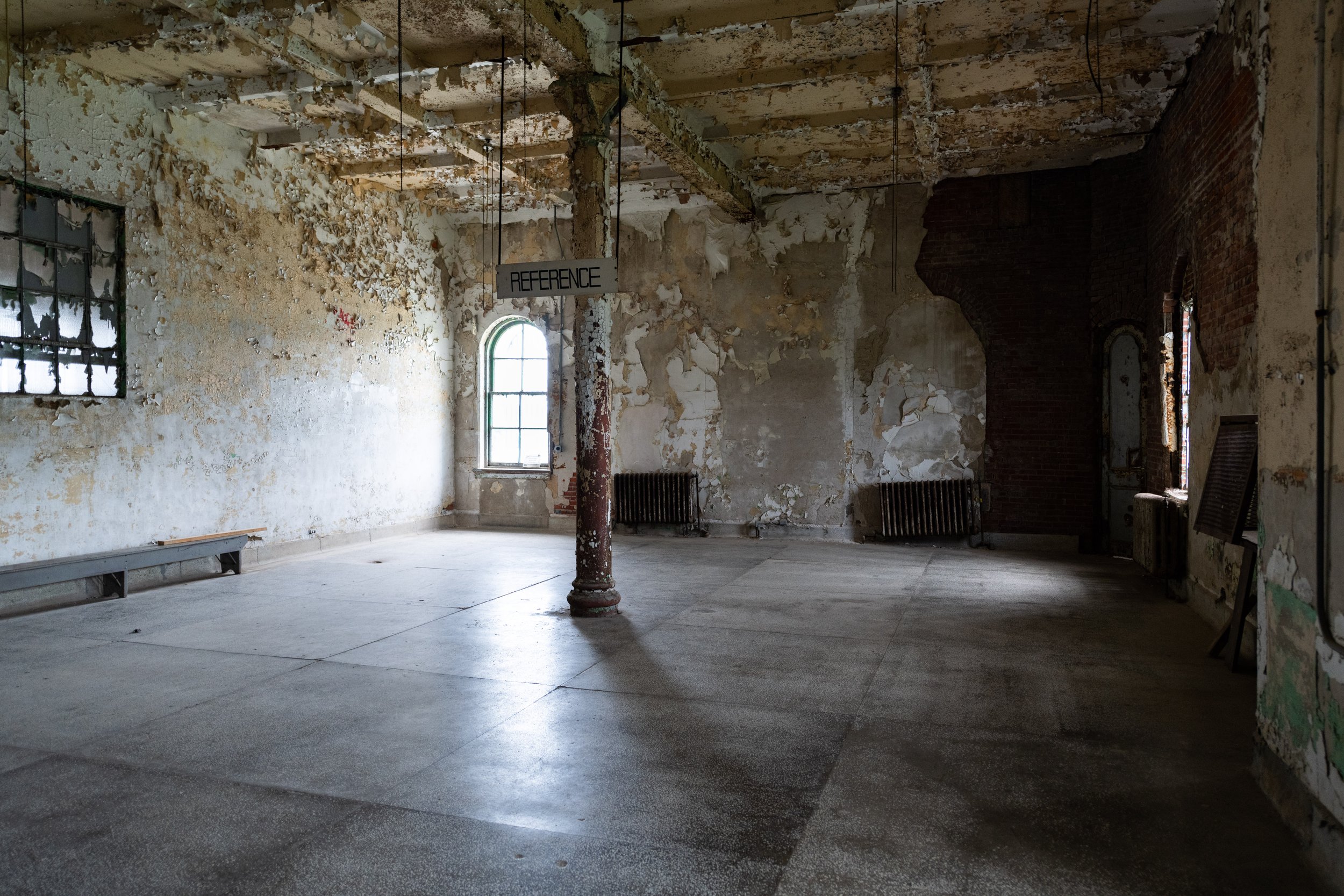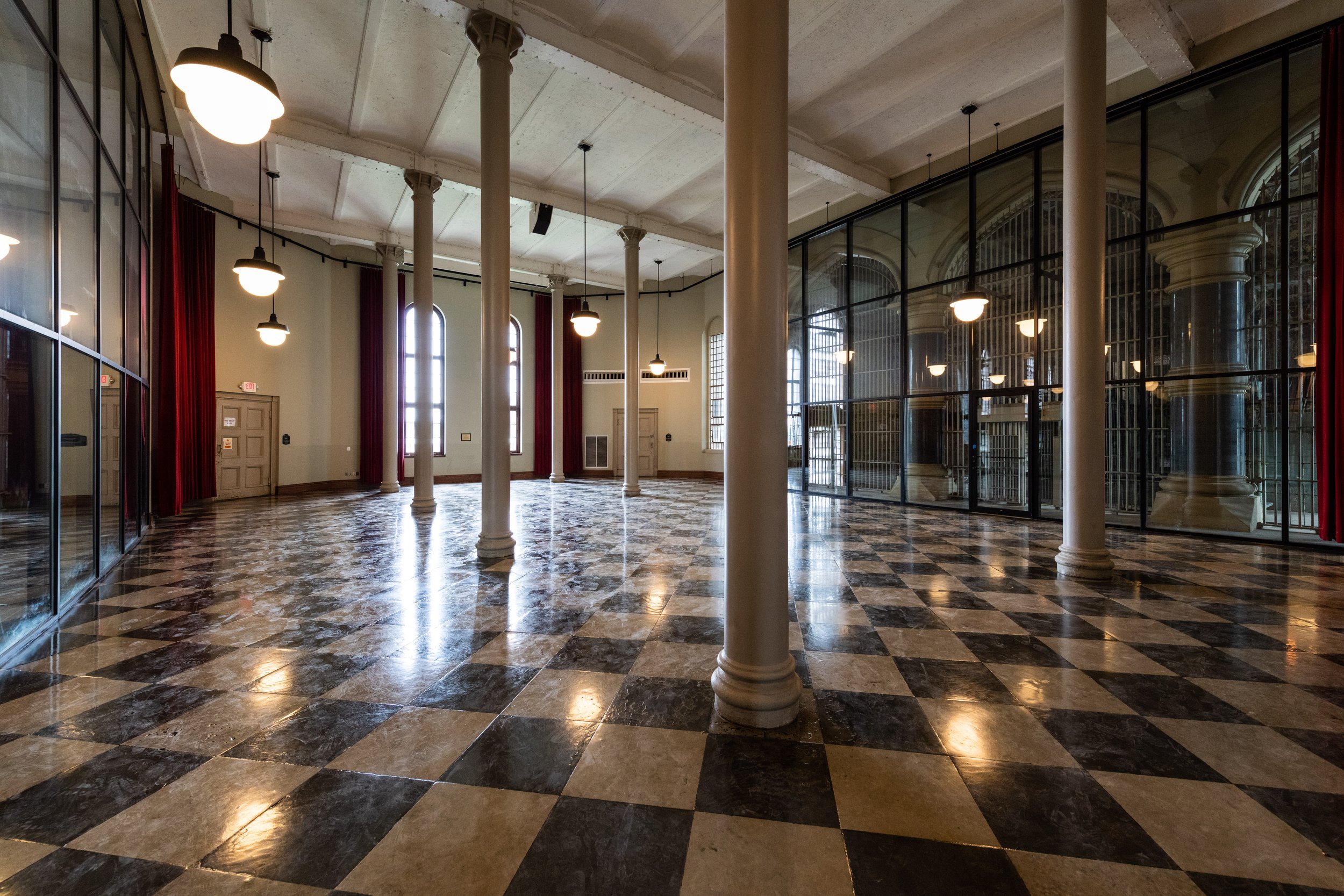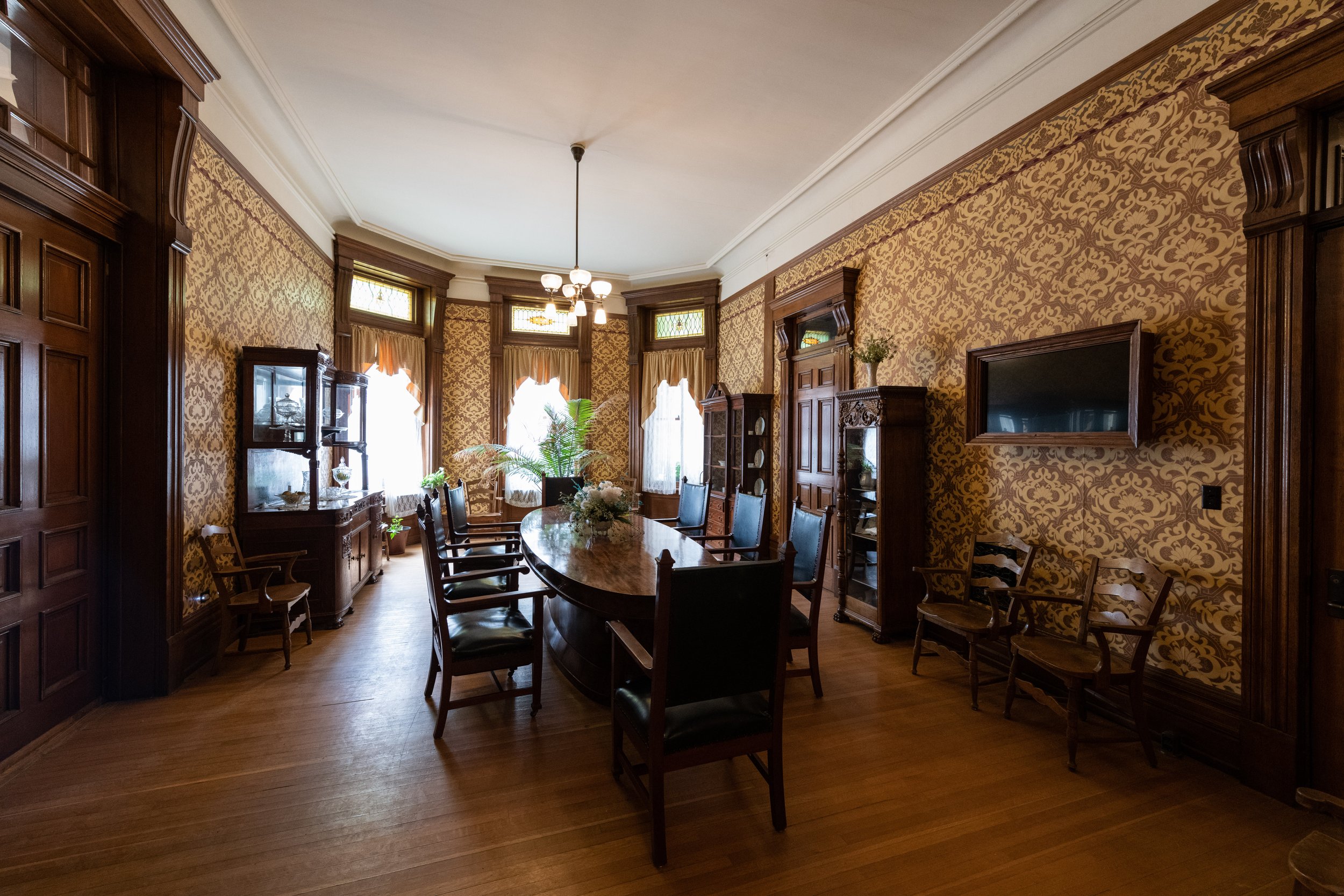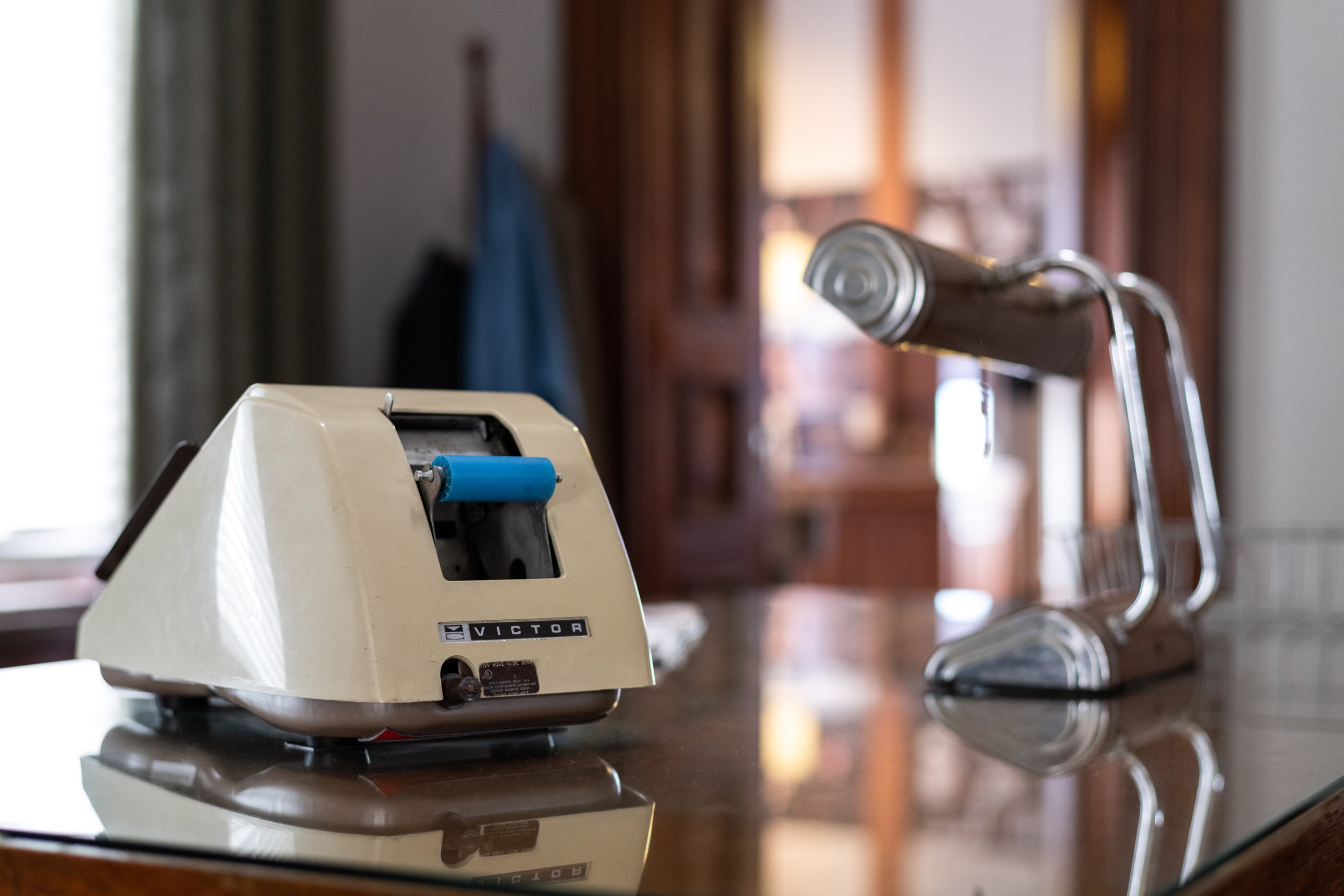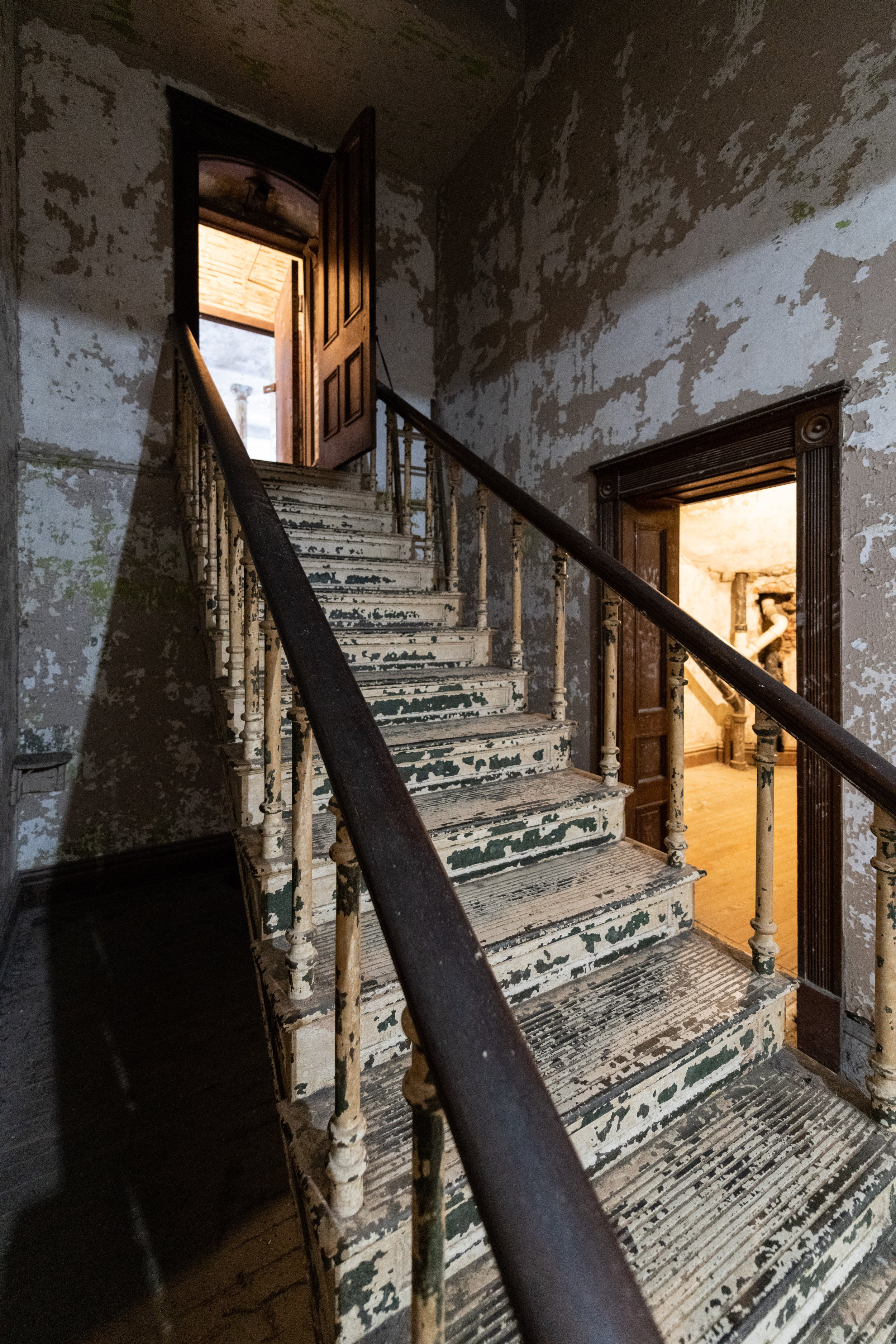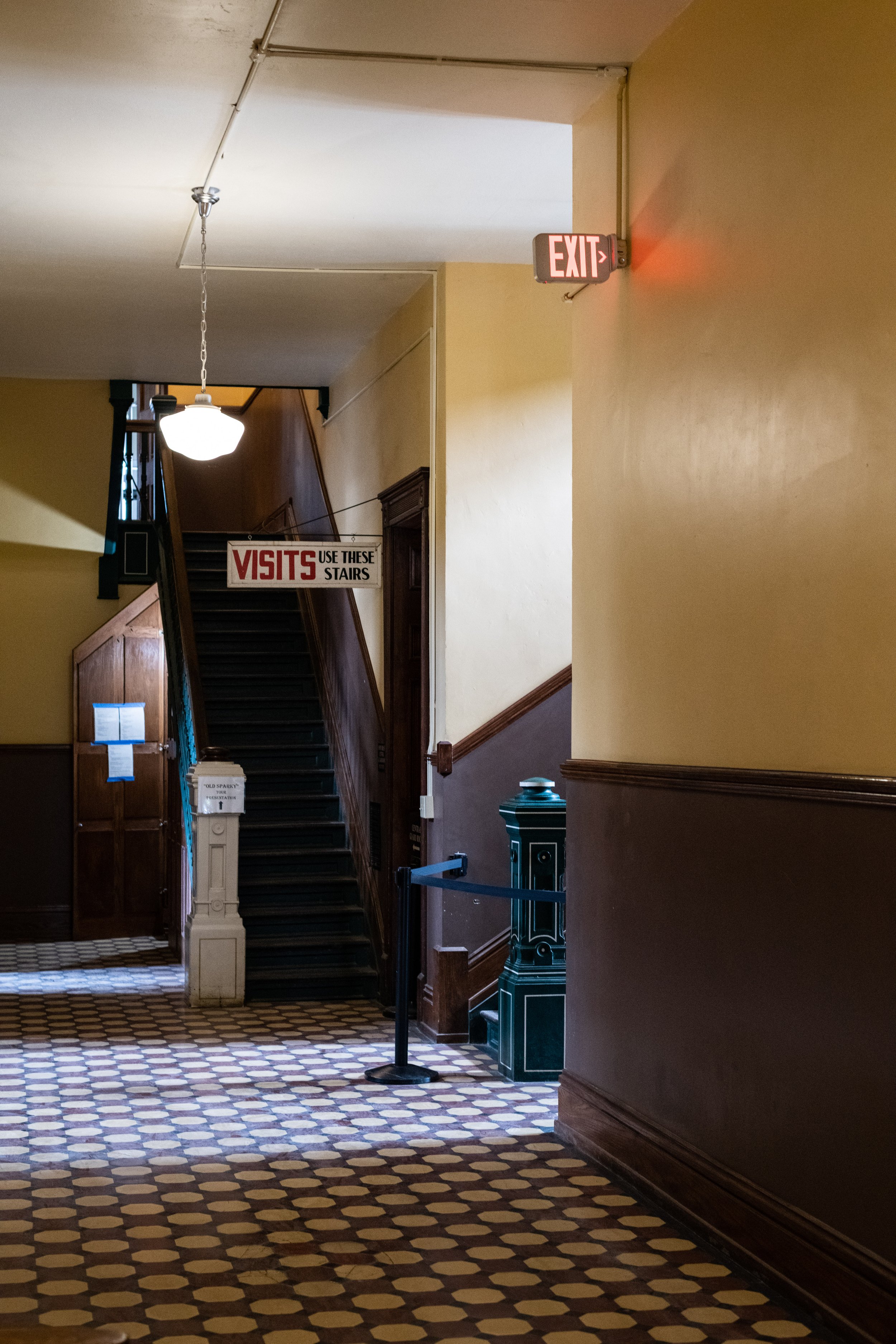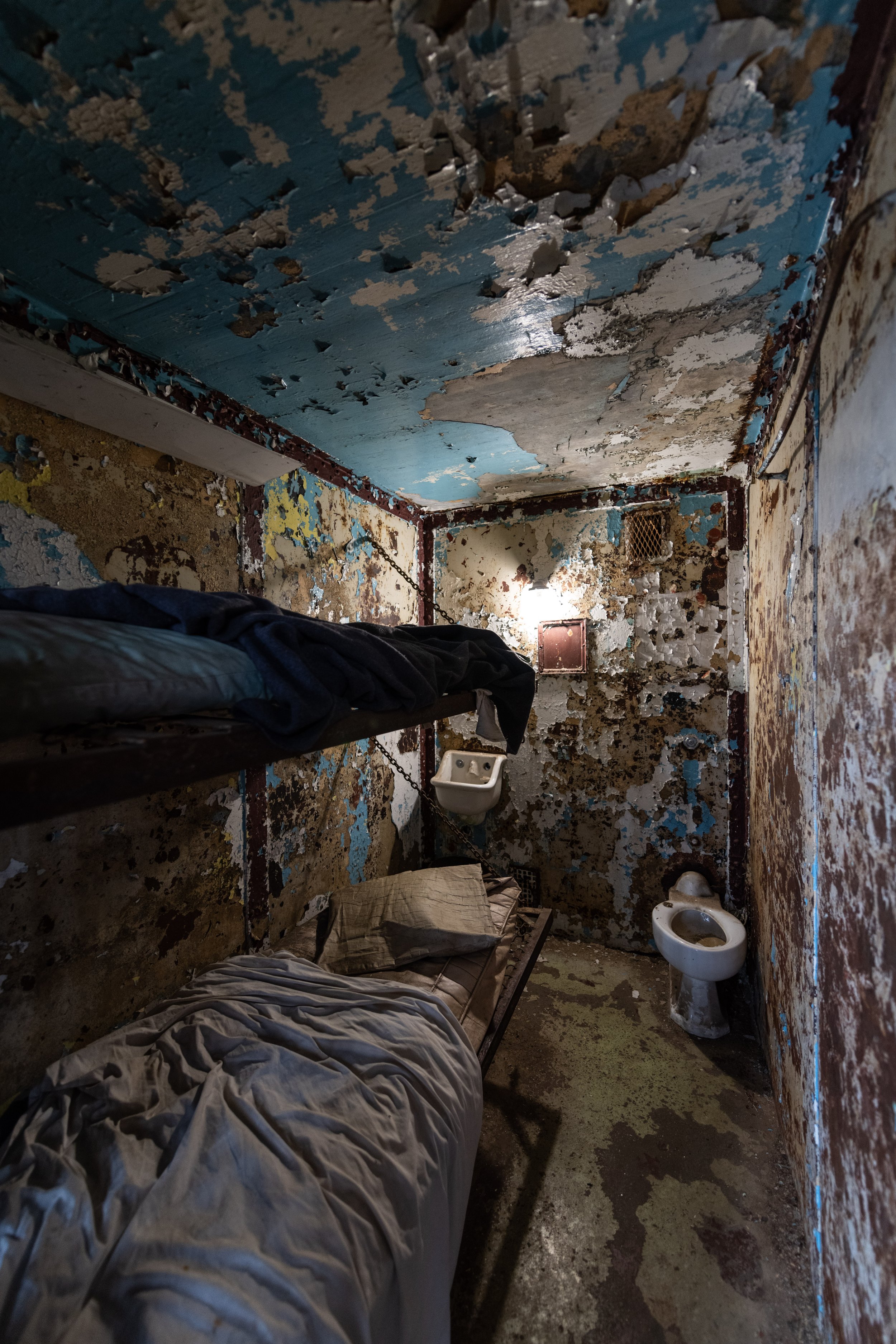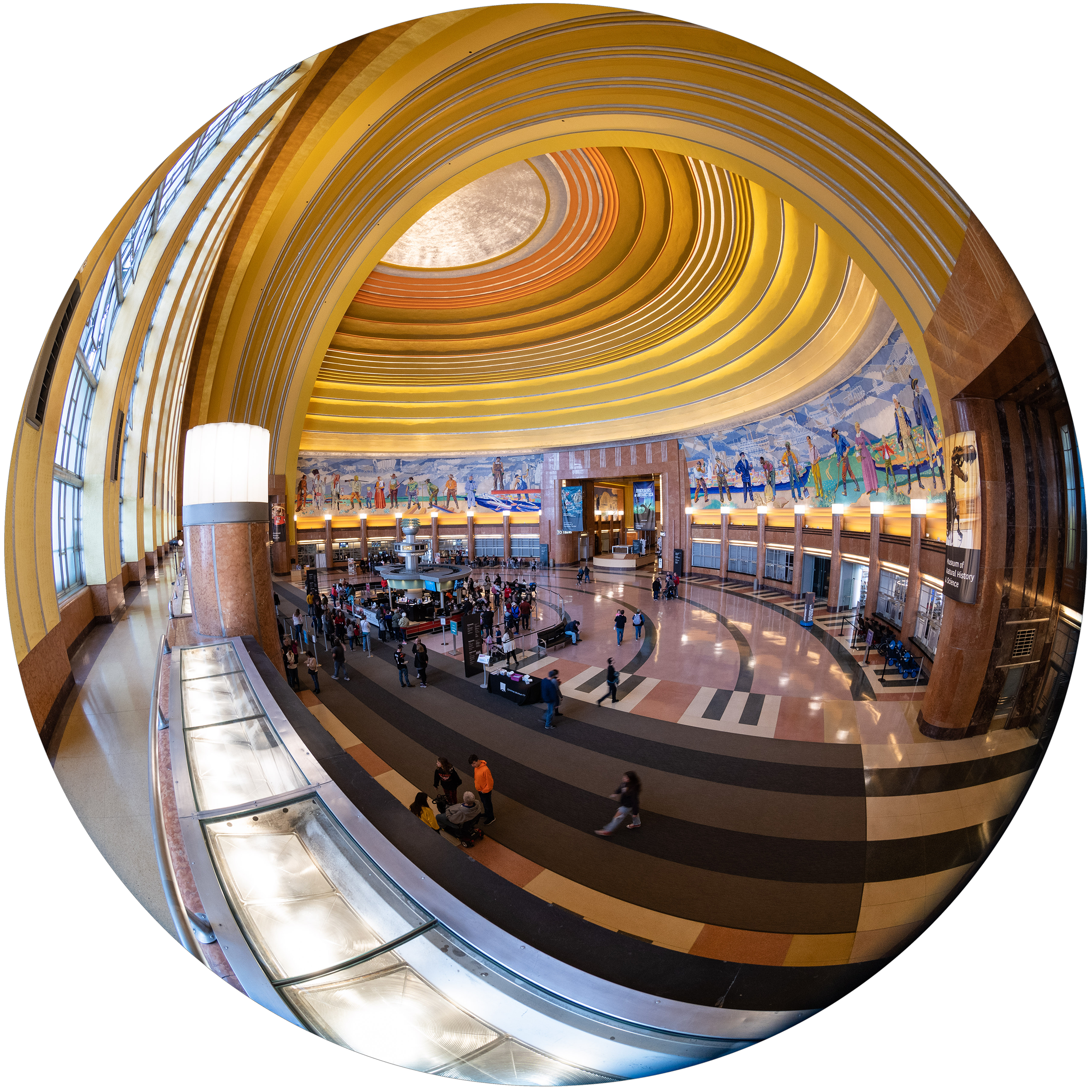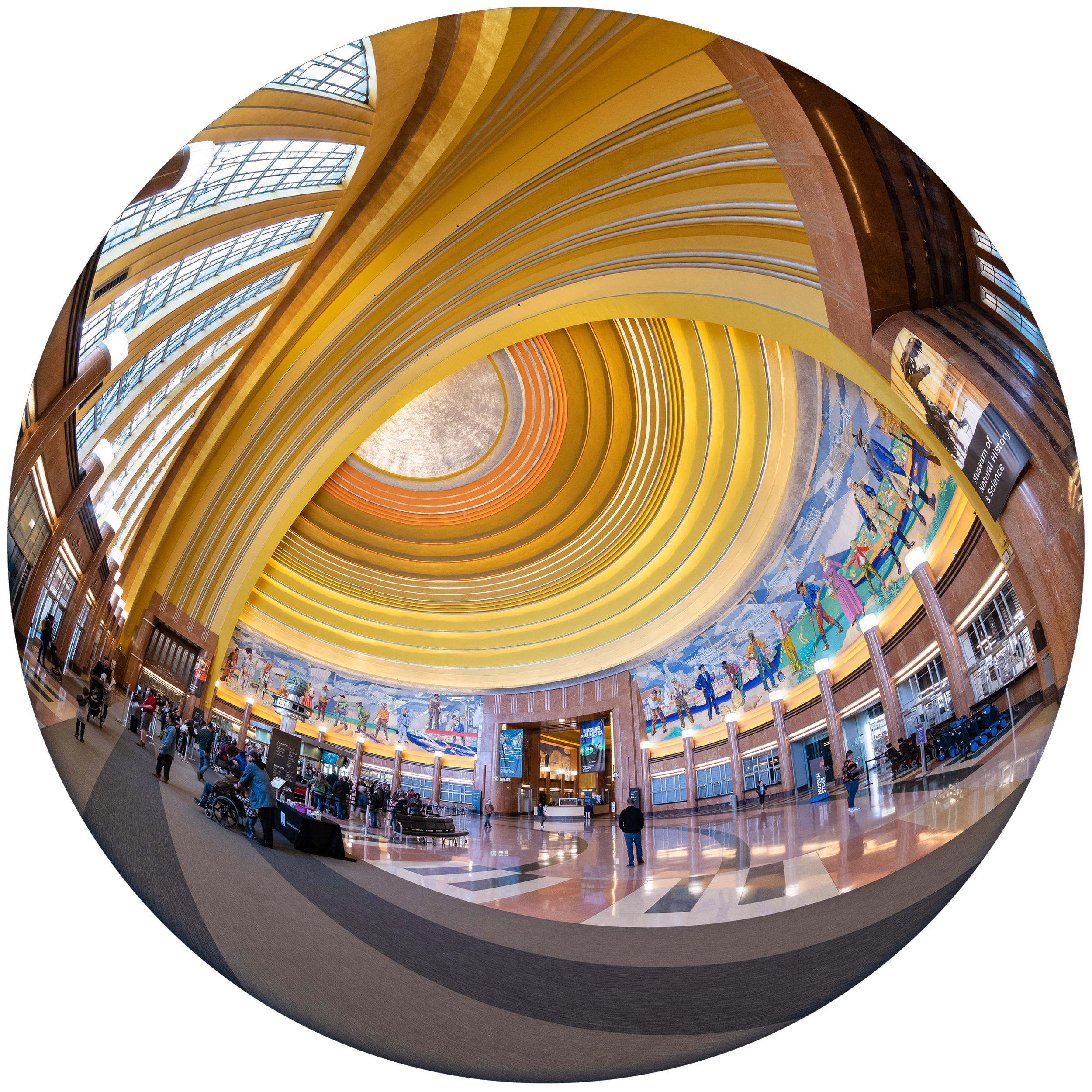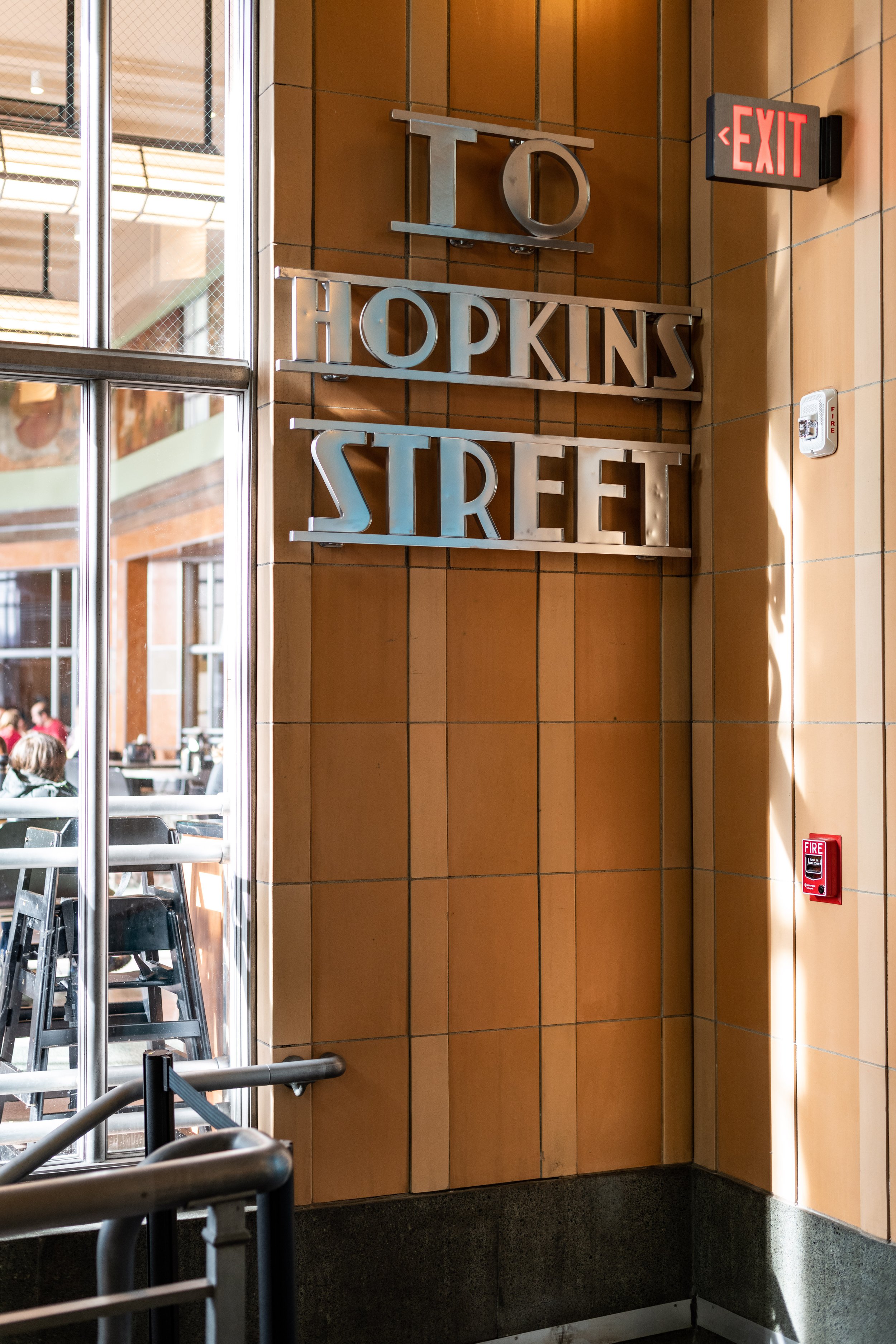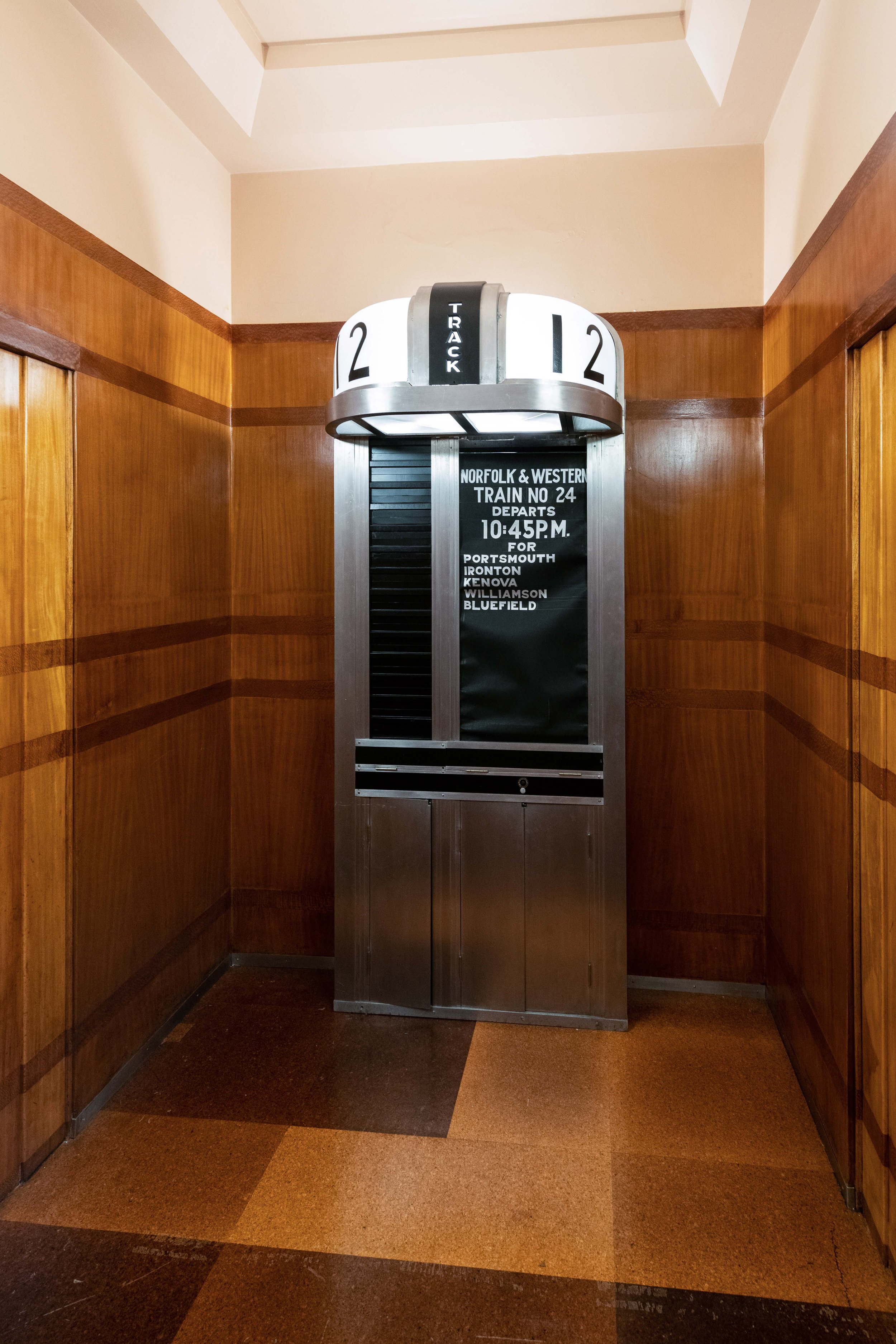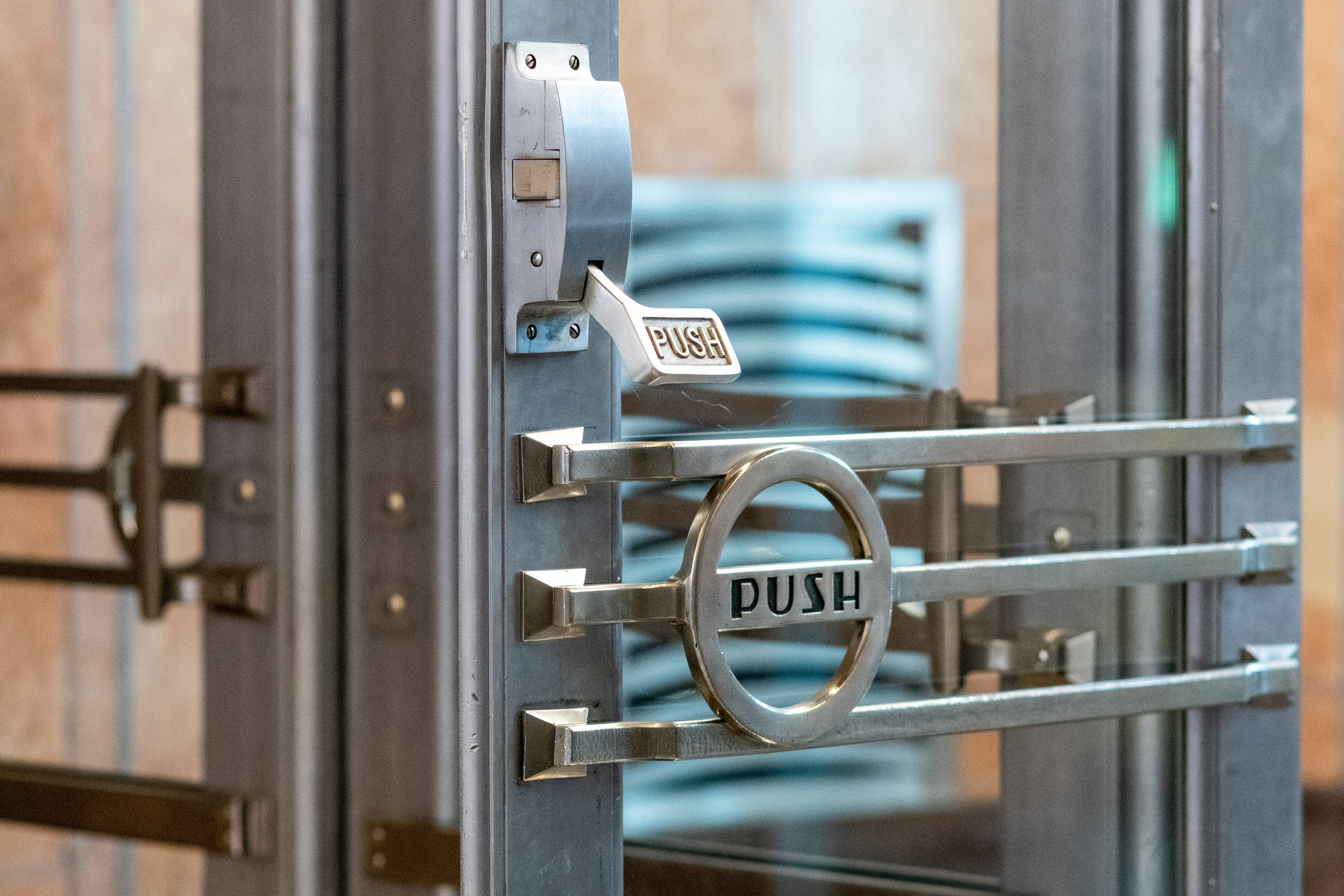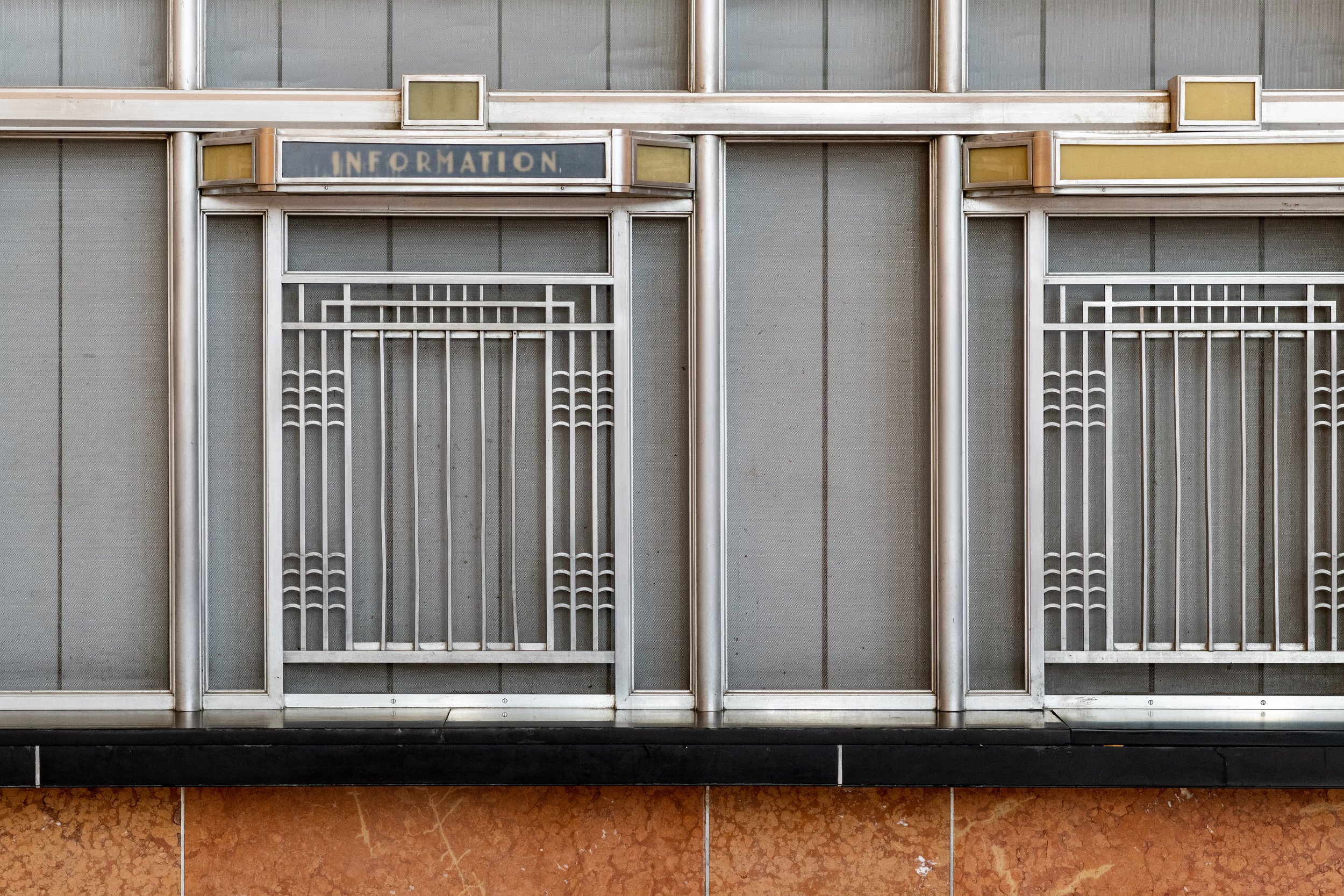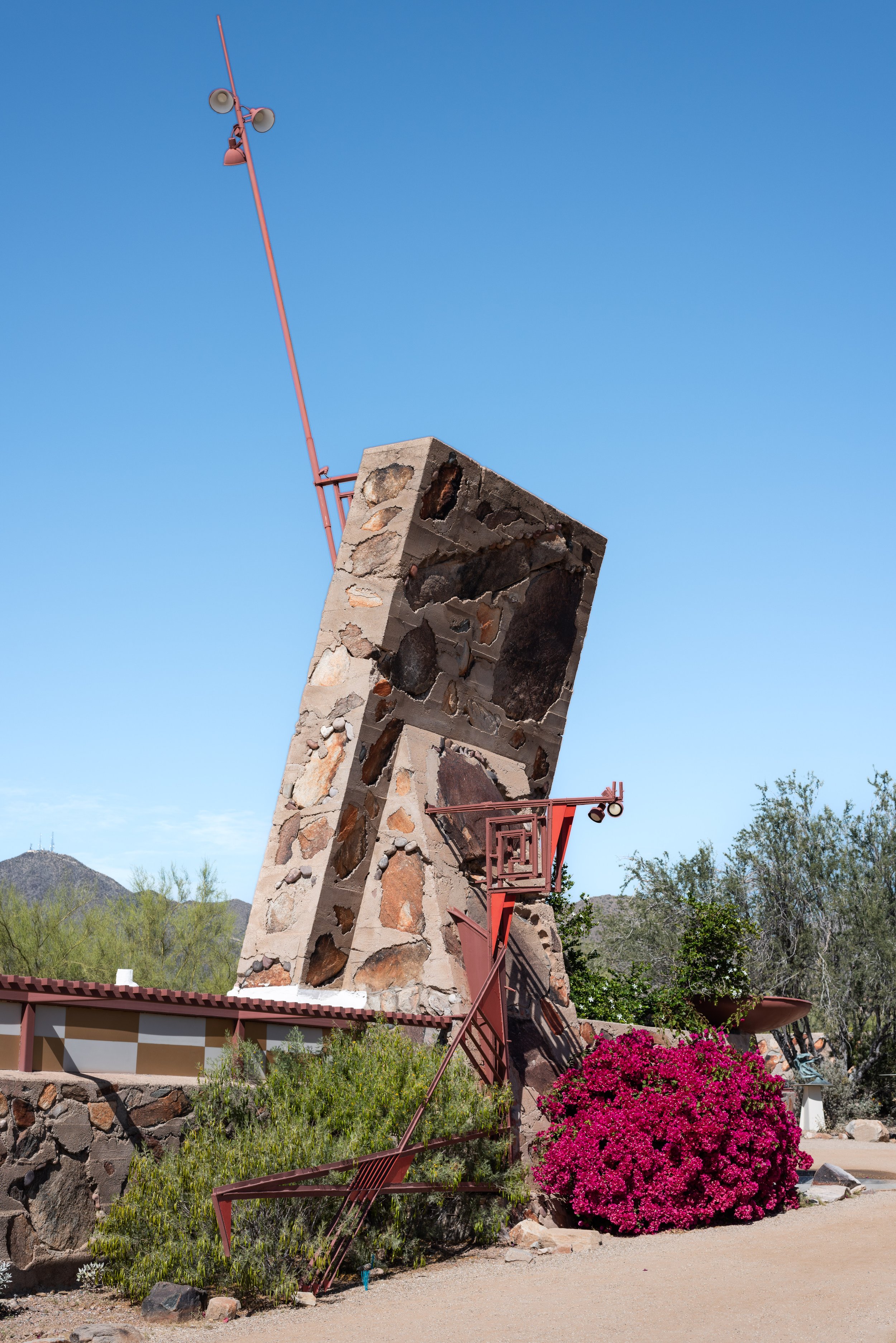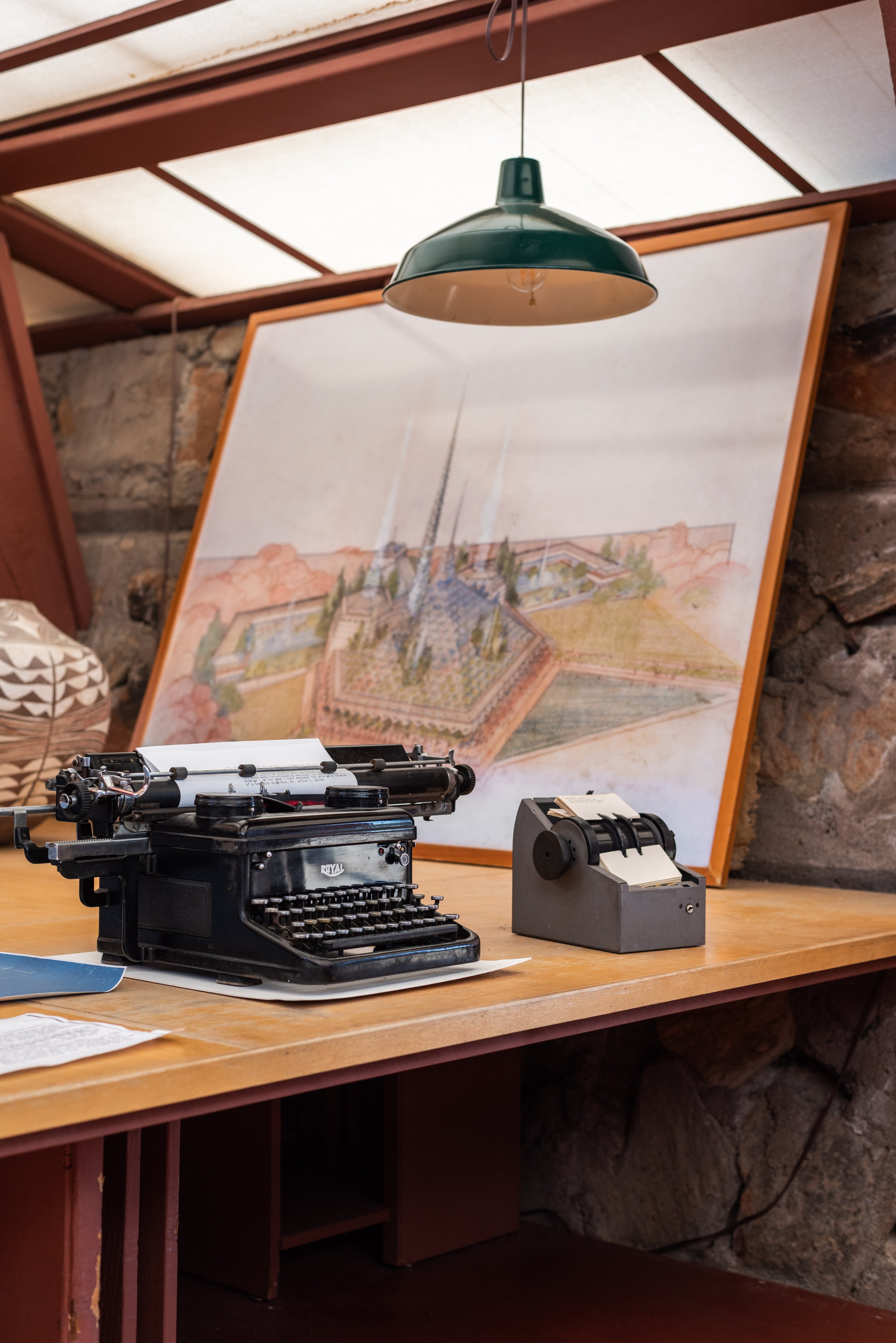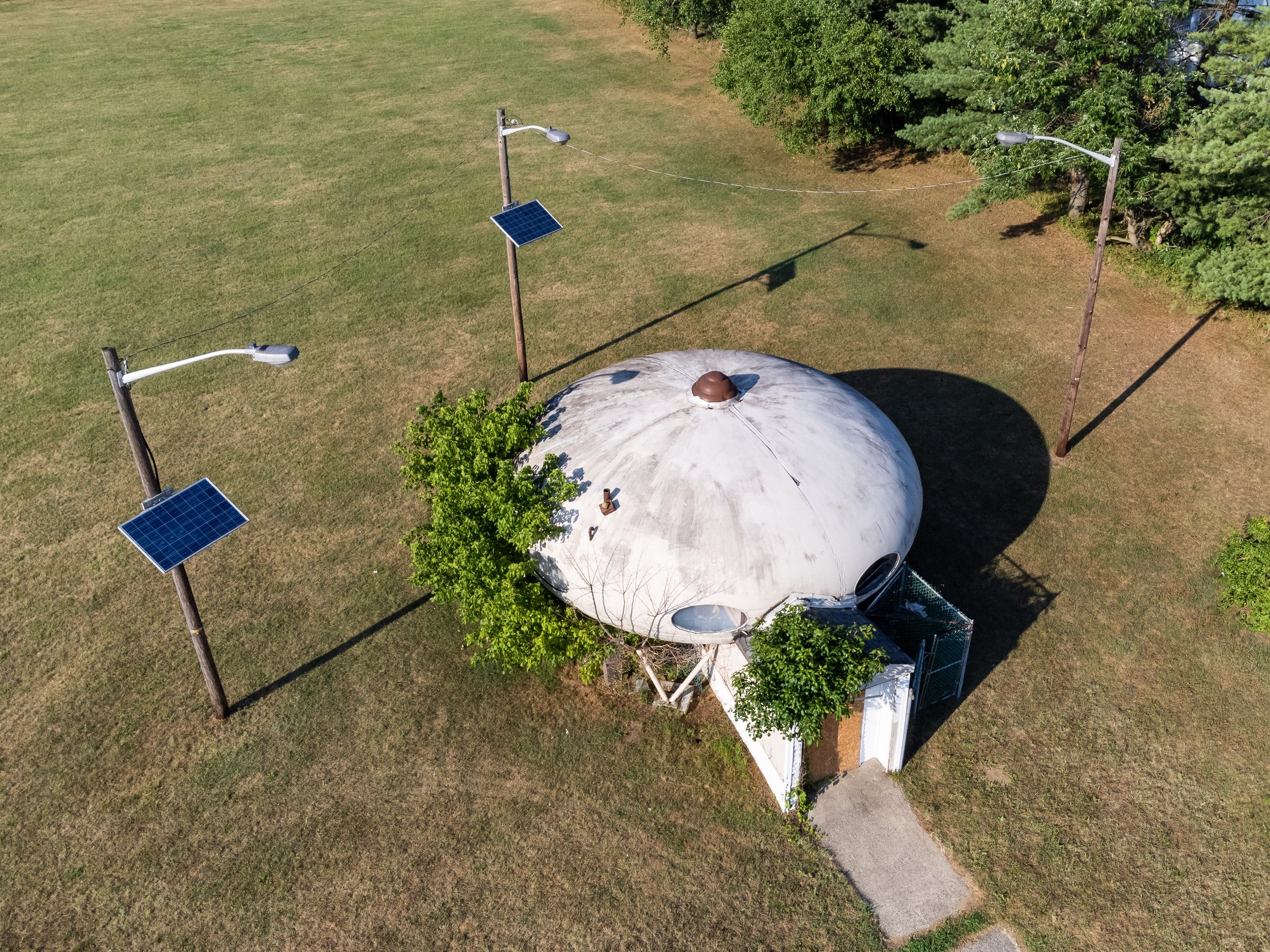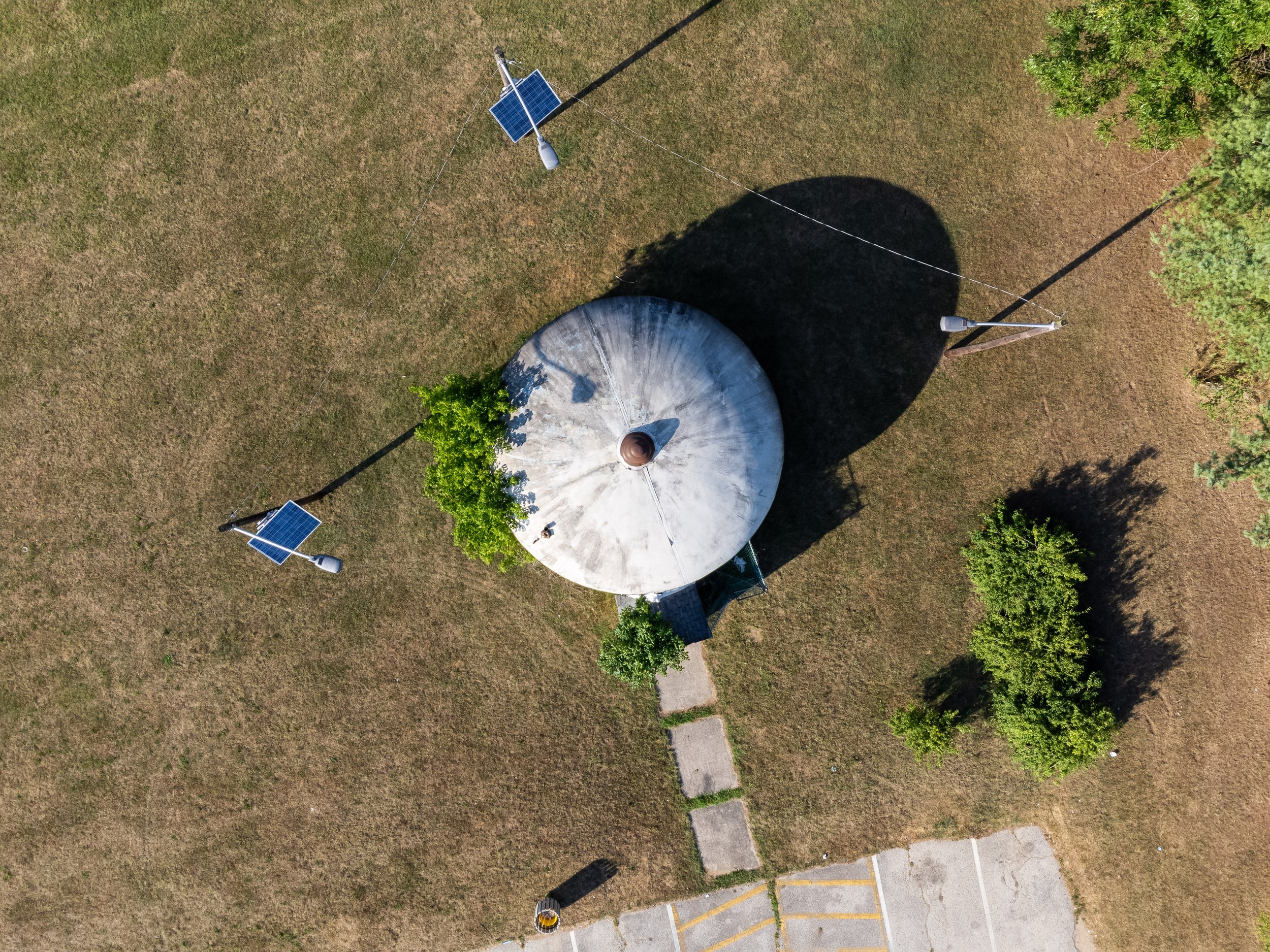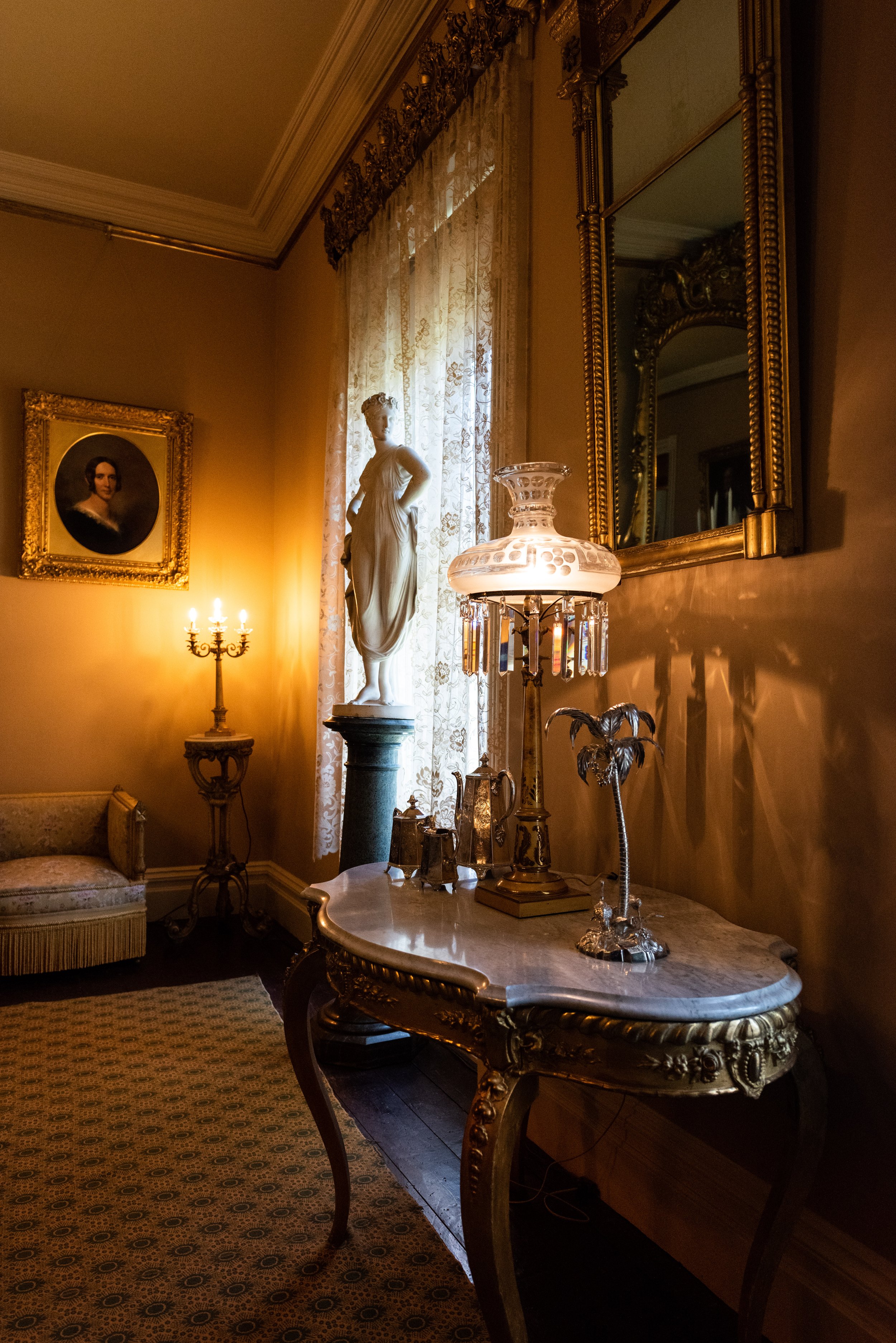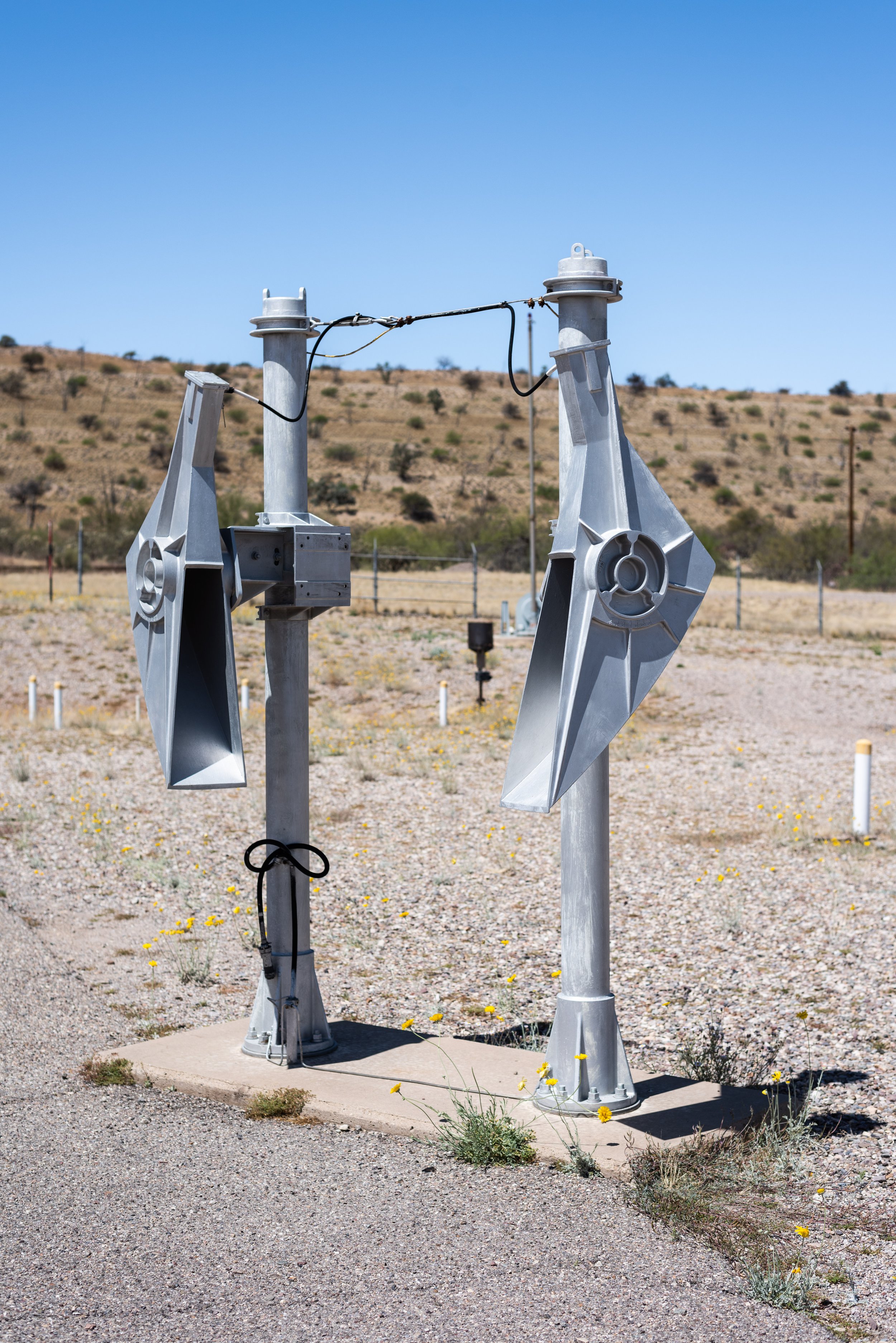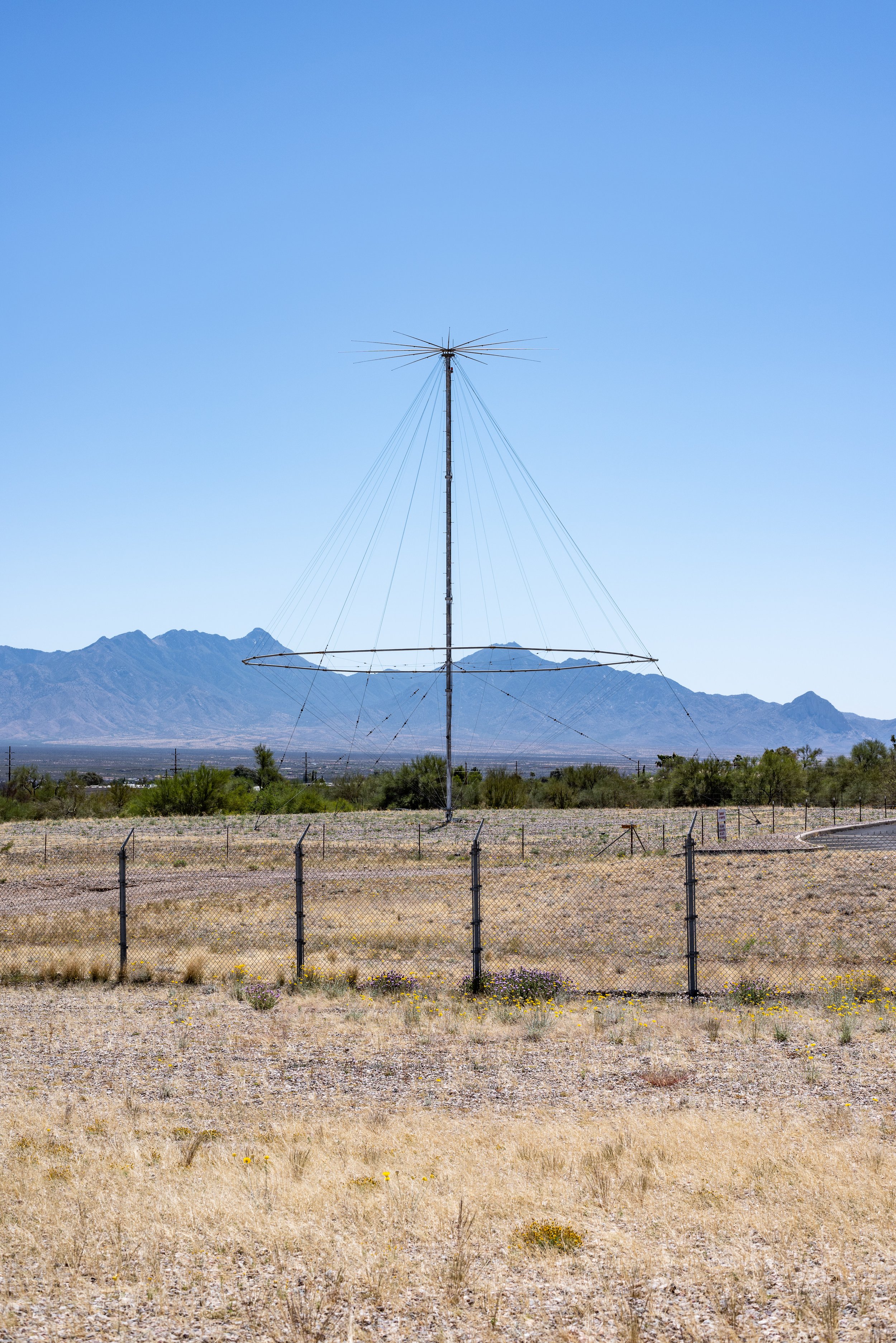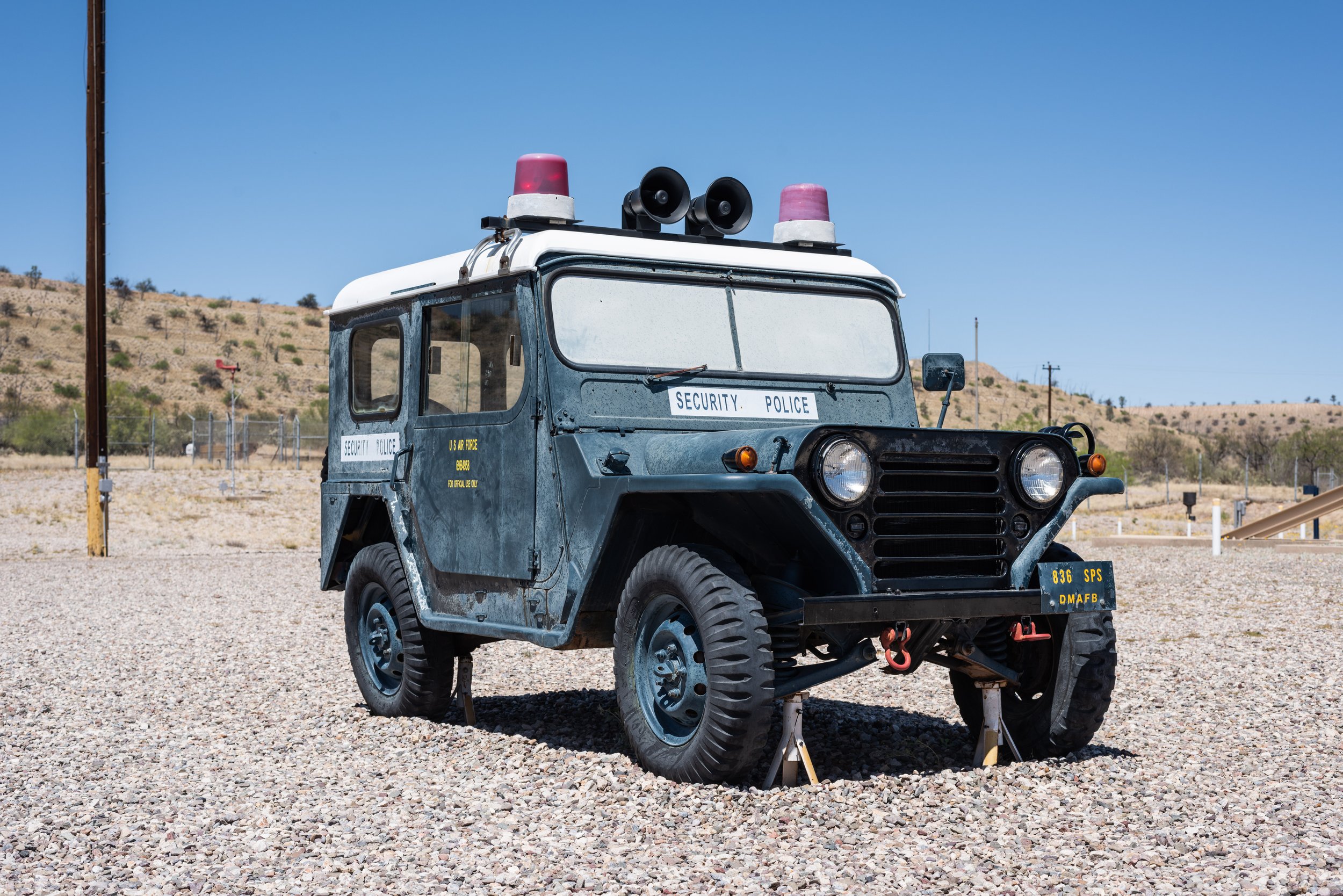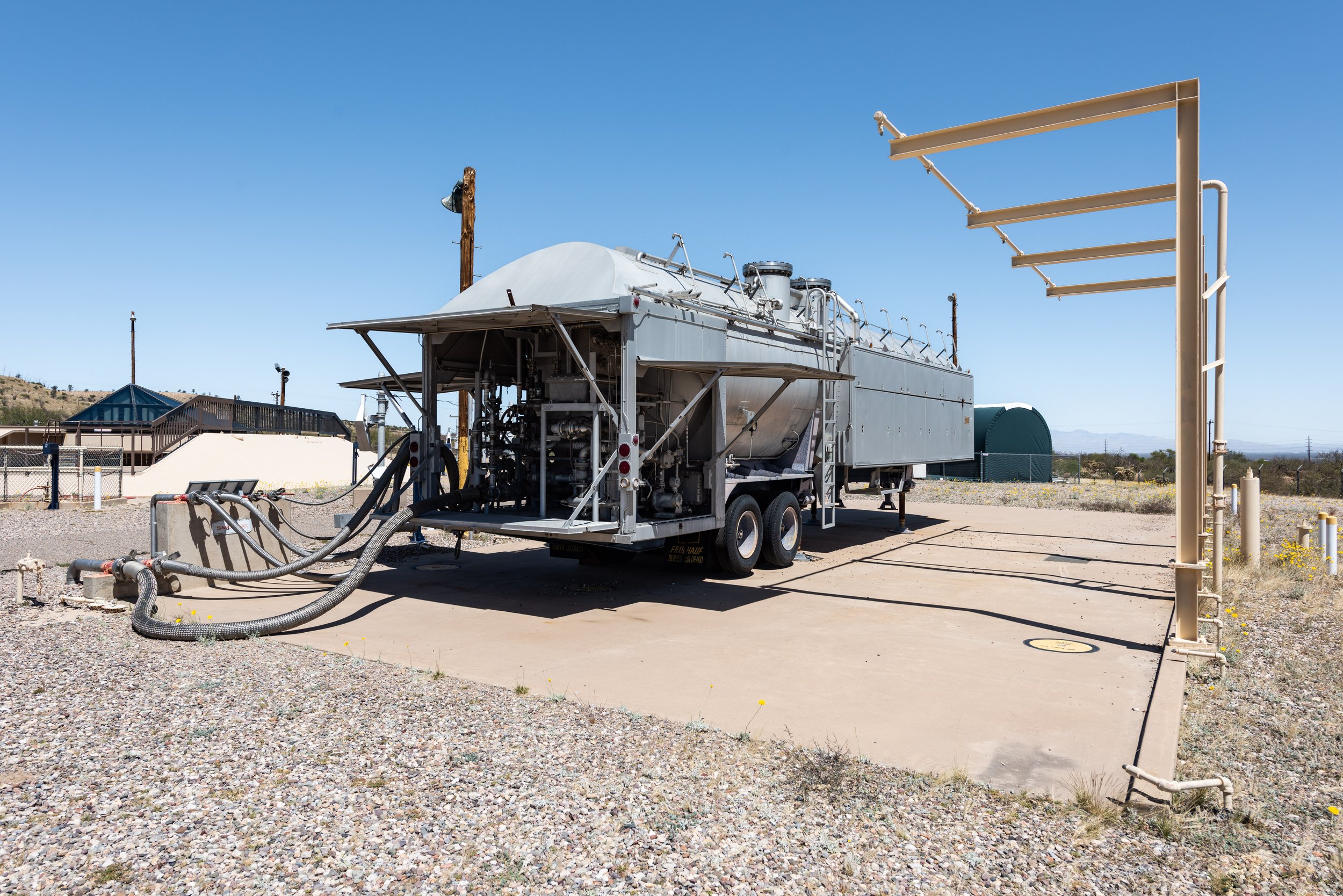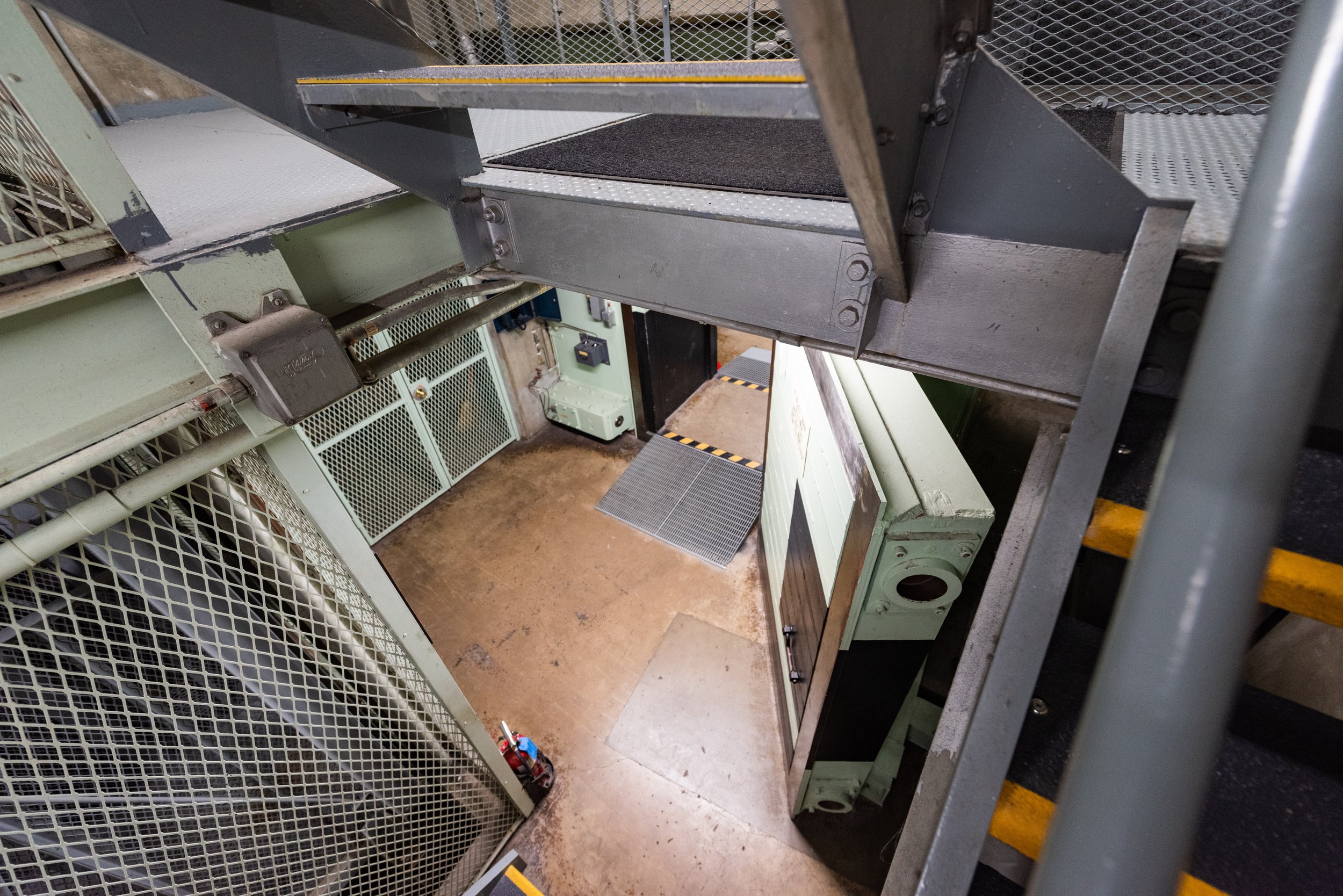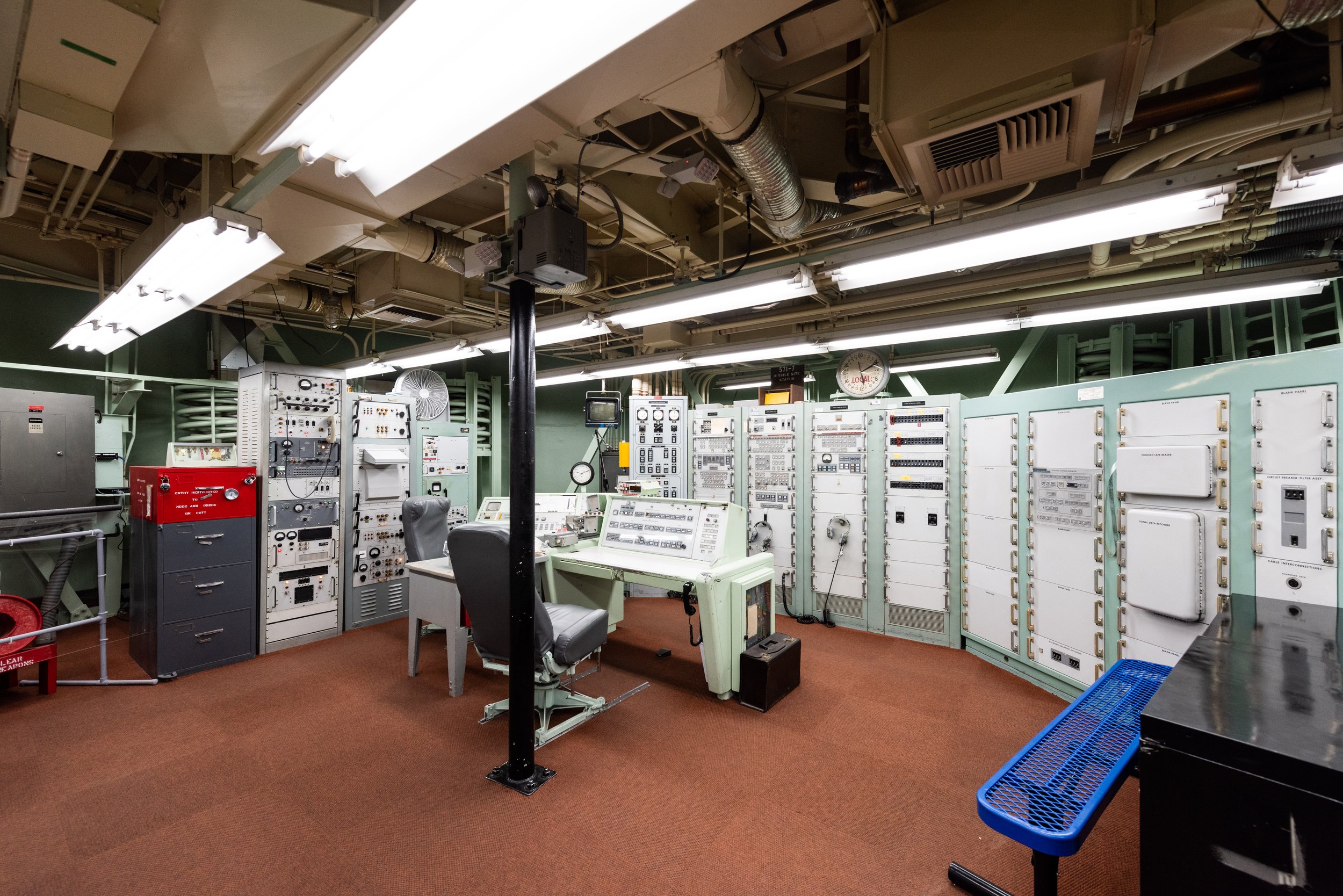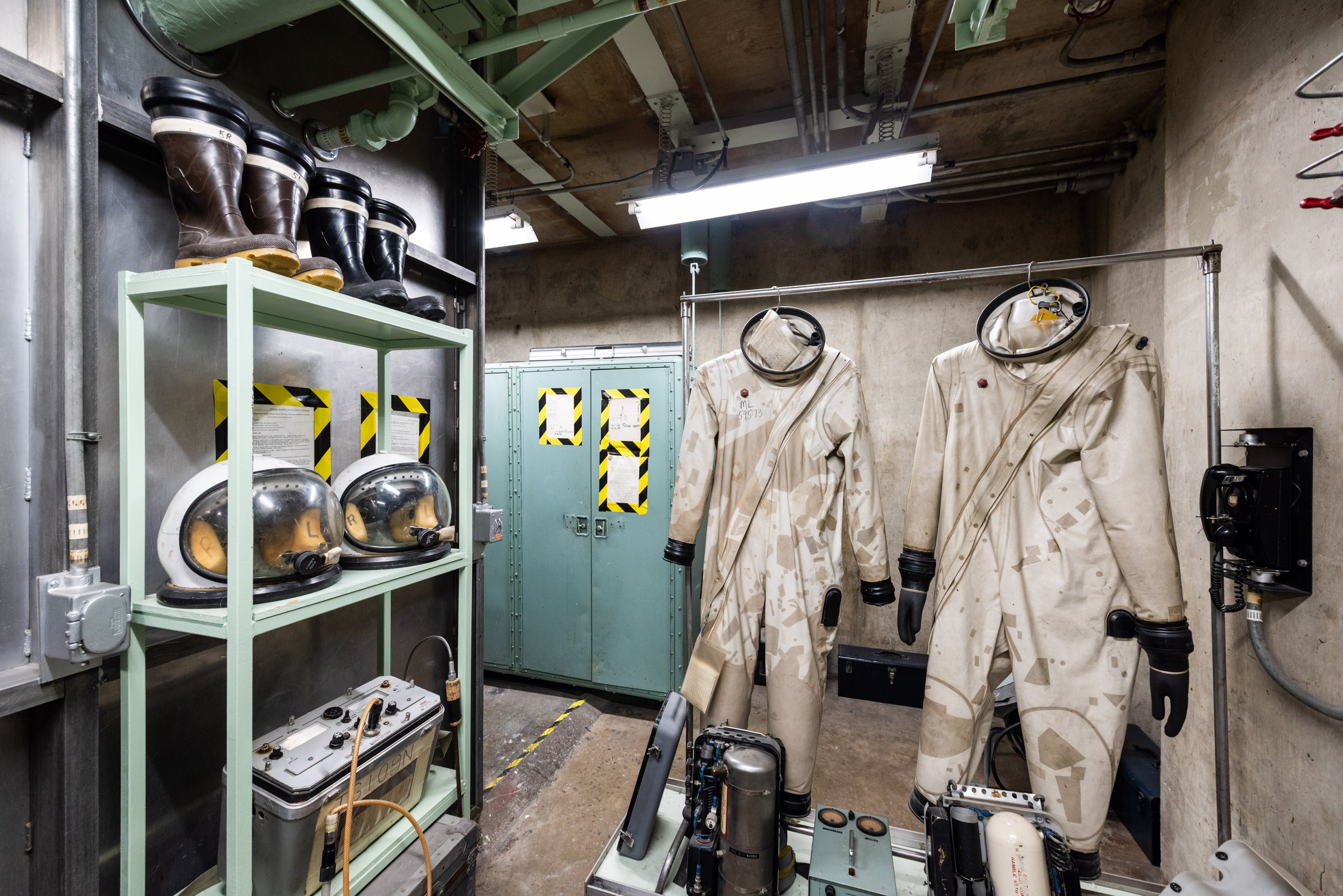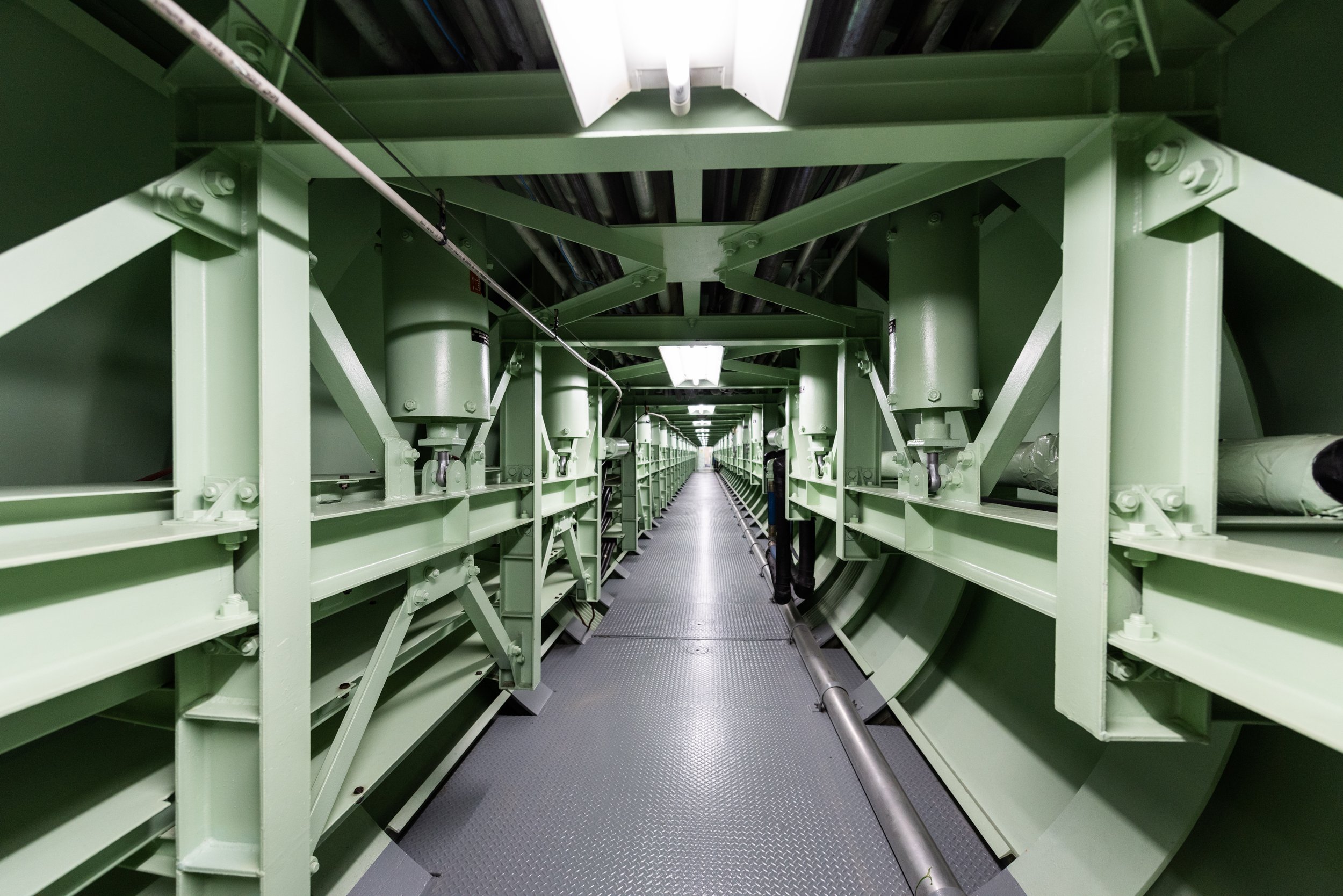The Ohio State Reformatory, an infamous prison and filming location of The Shawshank Redemption, is now a tourist destination which allows you to walk the cell blocks and get a glimpse of life behind bars for the thousands of inmates that once called Mansfield, Ohio home. The prison is imposing, designed by the architect Levi T. Scofield (who also designed the Athens Lunatic Asylum) and had an initial capacity for 1,500 inmates. While immortalized in The Shawshank Redemption as a maximum security prison, the Ohio State Reformatory was initially an intermediary facility intended to bridge the gap between the Boys Industrial School and the State Penitentiary in Columbus, Ohio. Only intended to house young, first-time offenders, the inhumane conditions that existed in the prison were enough to cause a federal judge to order its closure in 1983.
Starting in the administration block, the self guided tour route snakes through the various cell blocks and inner workings of the prison. In typical early 1900s institutional design fashion, a degree of ornamentation was included in the design of the trim, banisters, and other woodwork. One eye-catching architectural detail of the prison are the numerous fireproof staircases, which can be found throughout the administrative and cell blocks. These staircases imitate ornate wooden varieties, but are constructed of steel to maintain structural integrity during a fire. This also allowed the exclusion of unsightly fire escapes from the facade.
Despite these fireproof staircases, the prison still suffered a deadly fire on April 21, 1930. 322 inmates were killed when guards refused to open the cell doors of the burning sell block, trapping inmates in their 7x9 foot cells. Some prisoners who escaped were able to wrestle keys from the guards and run back into the prison, saving a number of those inmates who were otherwise left for dead. Built for 1,500 inmates and completed in 1910 (construction was delayed from the start in 1896 by the Bearing financial crisis), the prison held 4,300 at the time of the fire.
Sections of the administration block remain unrestored, but some rooms filmed in The Shawshank Redemption were left as-is by the production crew. There’s still plenty of peeling paint and crumbling plaster to see, but the Mansfield Reformatory Preservation Society has done a good job of stabilizing the buildings and preventing further degradation. Moving onto the cell blocks, it’s almost impossible to understand just how tiny each cell is without seeing for yourself. Stacked six stories high, sleeping one on top of the other, two adult inmates would share a cell designed for adolescents which included a toilet, small sink, and mirror. Gang-type showers were located just off each cell block.
Like many institutions of the day, the prison functioned like a walled city - food was prepared on-site, a small hospital provided a minimum standard of care, and a library gave inmates the opportunity to learn. Job training programs played an important role in the prison, and the land was farmed to provide fresh food for the kitchens. Most of the outbuildings that supported the prison were leveled when the modern Mansfield Correctional Institution opened as a minimum/medium security prison in 1990. Delays in construction of Richland Correctional pushed the court-ordered closure of the reformatory back from 1983 to 1990.
